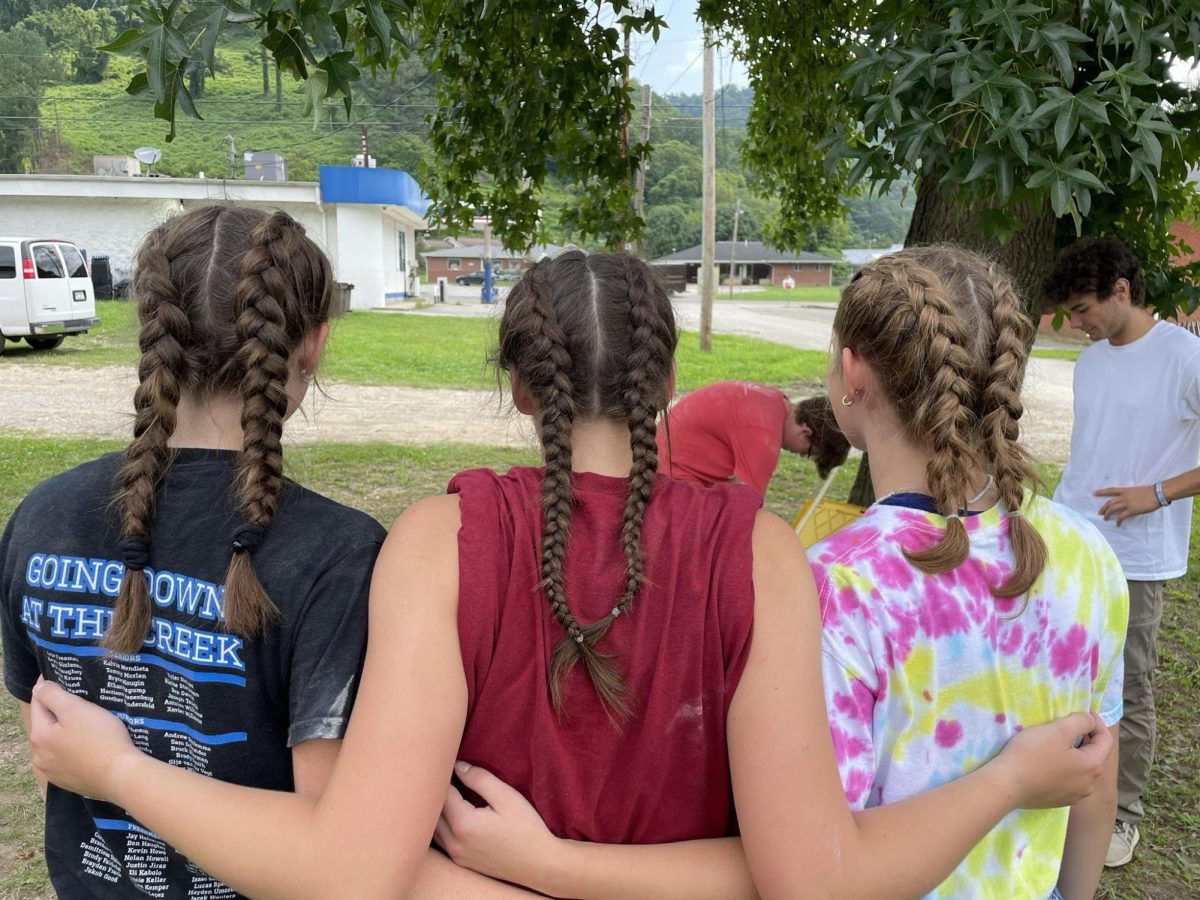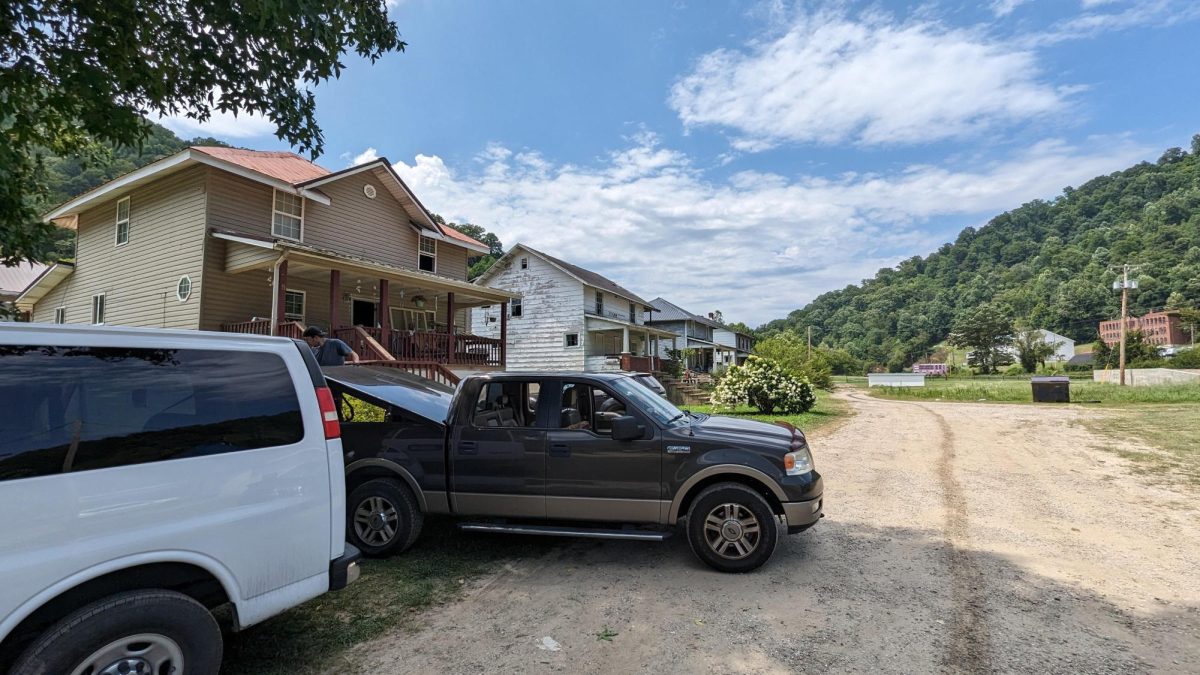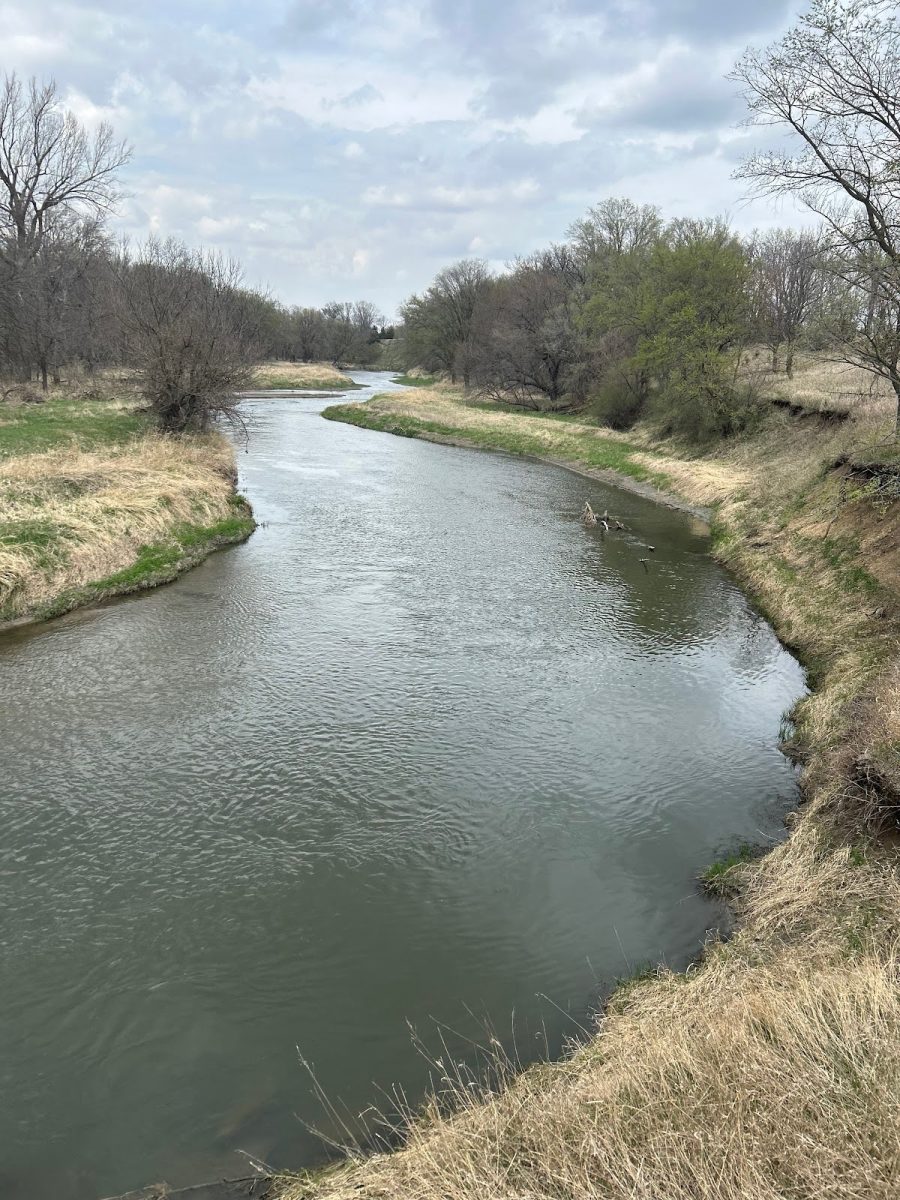In the summer of 2022, eastern Kentucky was hit with historic flooding. Over the course of a week, severe flash floods killed 44 people and destroyed $1.2 billion worth of property. Lives were lost, homes were demolished and communities were devastated.
Kent Ambler, a retired critical-care nurse, traveled to Appalachian Kentucky for a mission trip in July of 2023, exactly a year after the flooding. He reflected on his experience, “The destruction was so widespread, I don’t know how they could [rebuild their homes] by themselves.”
Ambler was accompanied by a group of high school students from the Iowa City area on the mission trip. They volunteered under the Appalachian Service Project (ASP), who aims to address and repair substandard housing. ASP’s ultimate mission is to make homes “warmer, safer, and drier.” But, local aid organizations can’t do it all.
Many community members also rely on federal financial assistance. The Federal Emergency Management Agency (FEMA), one of the most notable federal aid organizations, has been under fire by Kentucky citizens and politicians for the inaccessibility of its services.
Kentucky Governor, Andrew Beshear, told Time Magazine, “Let me say to people applying for disaster assistance: No. 1, do not give up, No. 2, if you’re denied, go and look these people in the eye.”
In the months following the floods, FEMA received over 16,000 applications for disaster assistance, but only a mere 50% of them received any sort of financial compensation. Due to FEMA’s lengthy and rigorous application process, many people haven’t gotten the assistance they need. According to NBC, applicants are required to provide proof of insurance, ownership, identity, occupancy, etc. and need to organize a home inspection through their insurance companies. Unfortunately, these requirements are unattainable for many residents. Many community members don’t have insurance or don’t have the correct papers necessary for their applications. Additionally, not returning one of FEMA’s phone calls or missing any documents or inspections can automatically deem an application ineligible.
Oftentimes, those who did get approved for aid only got a few thousand dollars. However, when your home is destroyed, you have a family to feed and medical bills to pay off, that money only goes so far.
Sadly, this isn’t the last time flooding will strike this region. With the climate crisis worsening, natural disasters are becoming more frequent and their severity is exacerbating. Additionally, Appalachia’s topography makes it a known flood-prone area.
Despite the uncertainty of Appalachia’s future, families continue to rebuild. The sentimental value that these generational dwellings have is immeasurable to their residents; Appalachia is home.
With or without financial assistance, residents will continue to demonstrate their resilience and strength throughout the rebuilding process. Neighbors will help neighbors and families will remain together.
“I learned long ago that people are people,” Ambler affirmed. “The bottom line is, there are people who still need help.”











